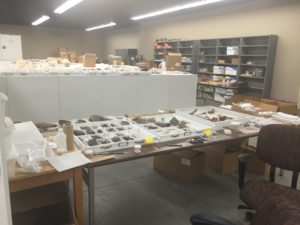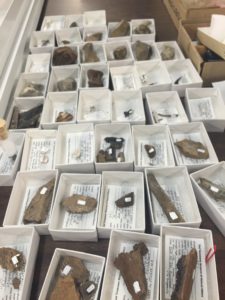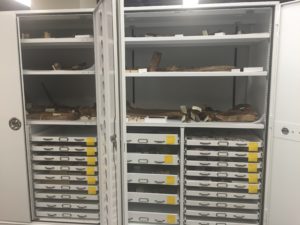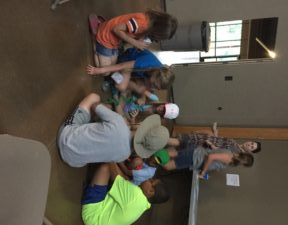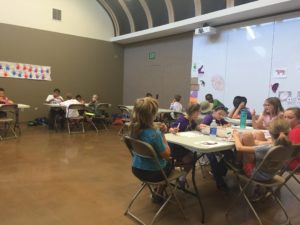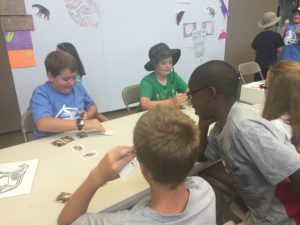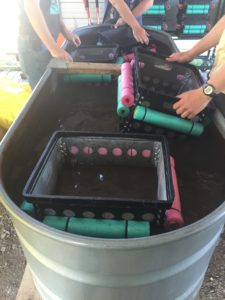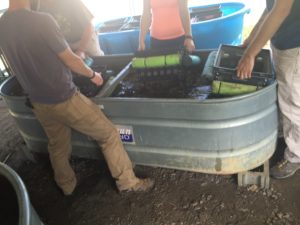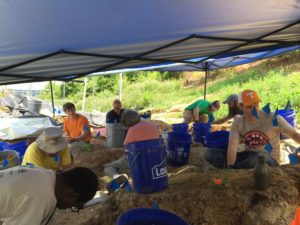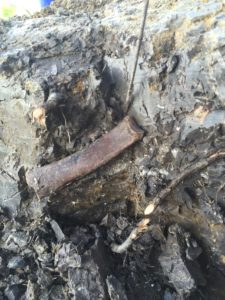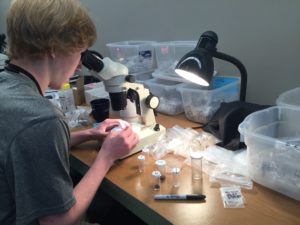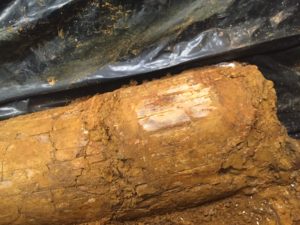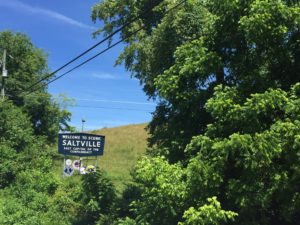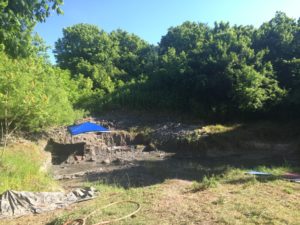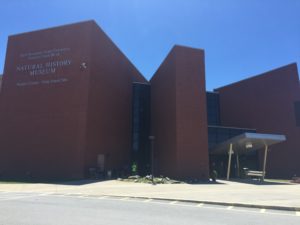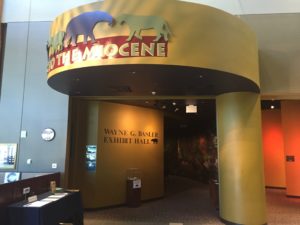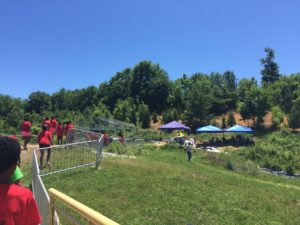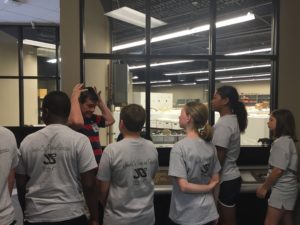After quickly dabbling in all of the different departments of the Natural History Museum, I was faced with the one department I was actually dreading. Collections is adjacent to the lab but has a completely different vibe. Imagine a very serious librarian that is in charge of thousands of 4.5 million-year-old bones- yeah, it looked intense. Collections is in charge of the database, labeling all of the bones from the Gray Fossil Site, and labeling all of the bones from the Saltville Site (which I worked on a few weeks ago). The room is very white, quiet, and climate controlled. Needless to say, I was deeply intimidated. There are only two people that work in Collections, a graduate student studying ancient salamanders and the director, Brett. On Tuesday I walked in and immediately the graduate student taught me my job- to label the bones from the Saltville site. Many of the chunks are unidentifiable which is why they are being put into the archives. During my week in Collections, I learned a lot about how bones are labeled and that music is a very valuable resource.
The process of labeling the bones consists of five steps that are supposed to take a total of three days to finish.
- Use a Q-tip to smear on a layer of glue (Butvar 78) on a flat area of the fossil.
- Paint a small white square onto the glue
- Paint over the small white square with more paint
- Take a fine point collections pin and write the ETMNH # on the white square
- Finally, take another bit of the Butvar to seal up the whole process
The process is time-consuming but the result is a label that will not be worn away by time or humidity. The attitude that everyone has towards the fossils is really inspiring to be around. I loved the passion that everyone had in each department that helped teach me a ton about paleontology. For a field that I had little to no interaction with beforehand, I have found a deeper appreciation for the work. Paleontology is hard work and really requires a variety of people working together to preserve natural history for later generations. While a week working in silence was difficult for a talker like me, I would not trade a moment of it.
